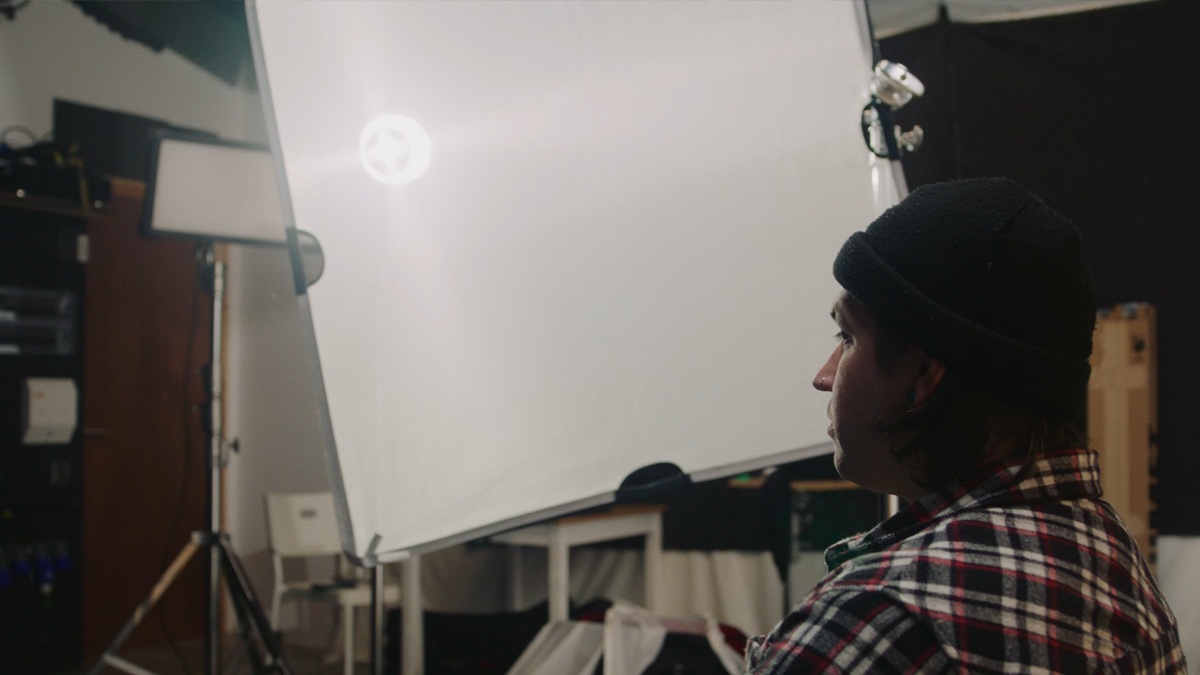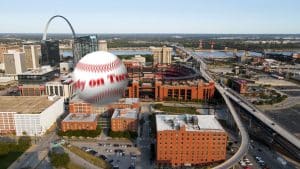Have you ever watched a behind-the-scenes featurette and noticed the lack of softboxes on film sets? Sure, you may see giant chimera softboxes for large sets, but what about the ones you often see in your favorite YouTuber’s setup? Well, it’s because, on film sets, you’re more likely to see diffusion frames instead. These frames come in different sizes and densities, depending on the lighting needs of the set.
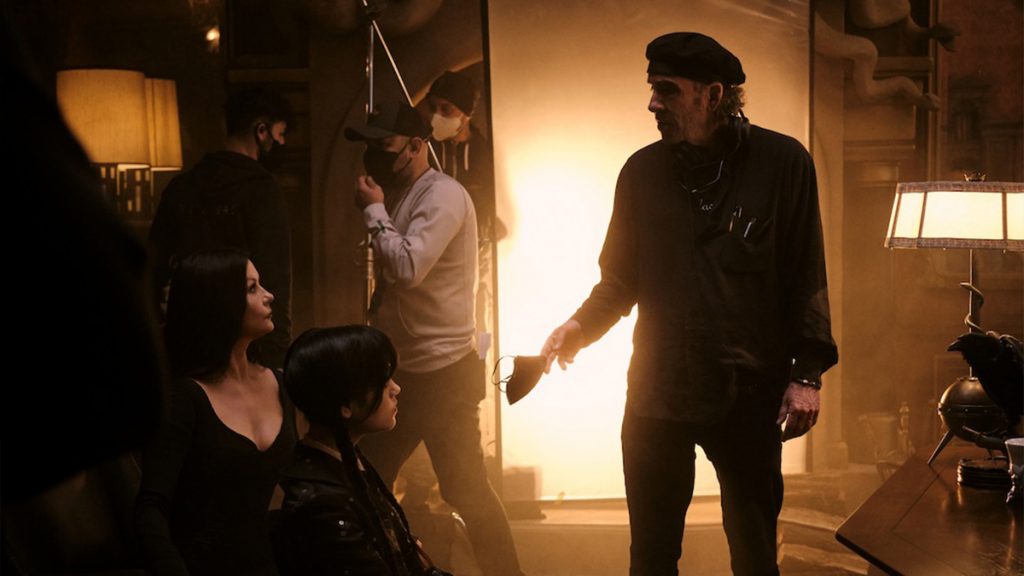
But why is it rare to see softboxes outside of online content? It’s somewhat like comparing a RED KOMODO on a Steadicam to a DJI Gimbal. Both serve the same purpose, to stabilize the footage, but they do so in different ways and have different strengths.
So, let’s talk diffusion . . .
What Is a Softbox?
A softbox is a light modifier that diffuses the light from a flash or a continuous light source. It’s usually a circular or rectangular umbrella-like shape covered with a translucent material that attaches directly to the light. The frame is typically made of metal or plastic, and the translucent material is usually made of nylon or a similar material. Softboxes come in various sizes, from tabletop models to large studio-sized models.
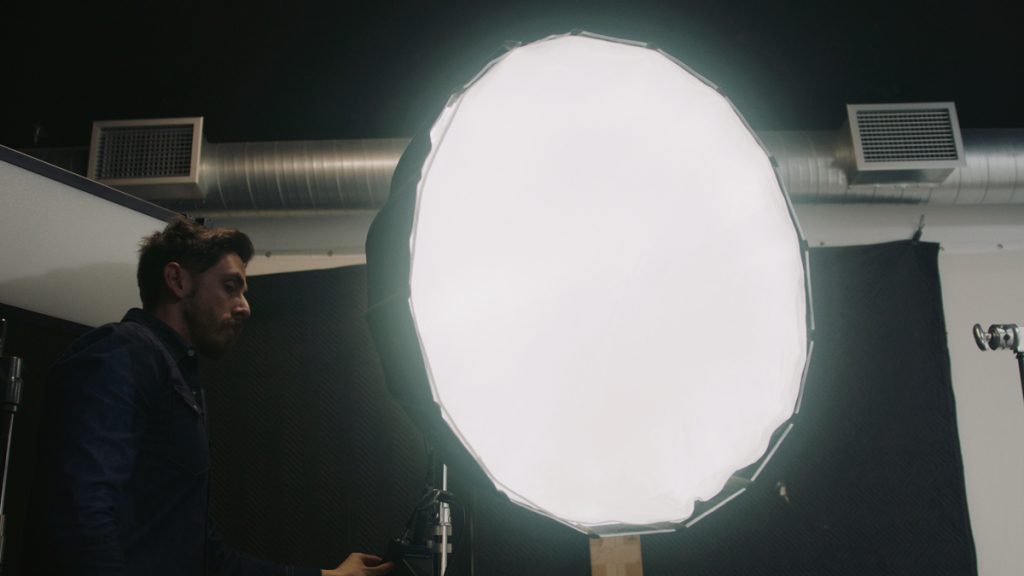
When light enters a softbox, it gets reflected and refracted off the sides of the frame and the translucent material, creating a soft, even, flattering illumination. This eliminates harsh shadows and makes the subject look more natural and appealing.
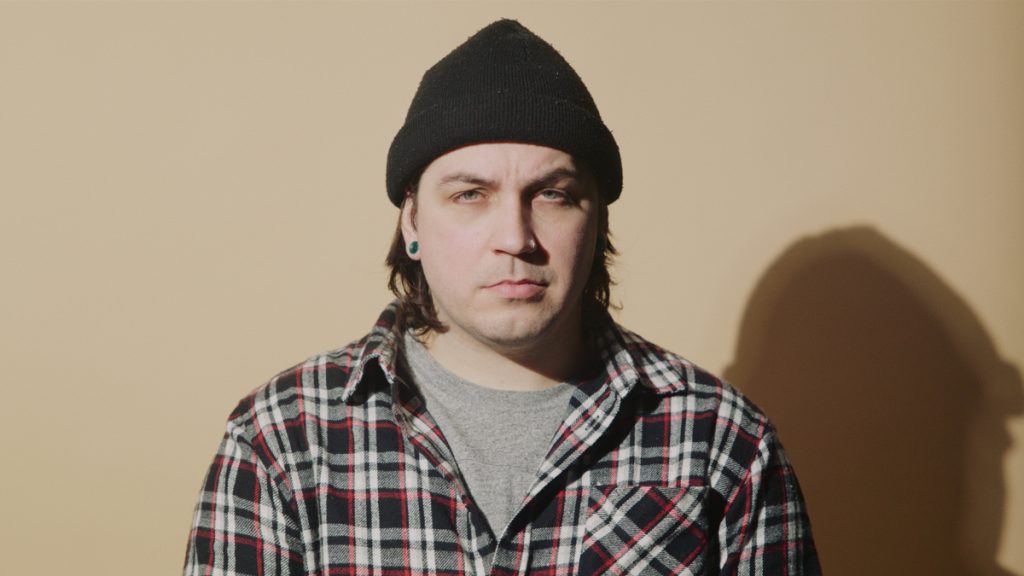
The circular shape also helps wrap the light around the subject, reducing light spillage to the sides. Additionally, softboxes have a reflective inner coating that increases light output.
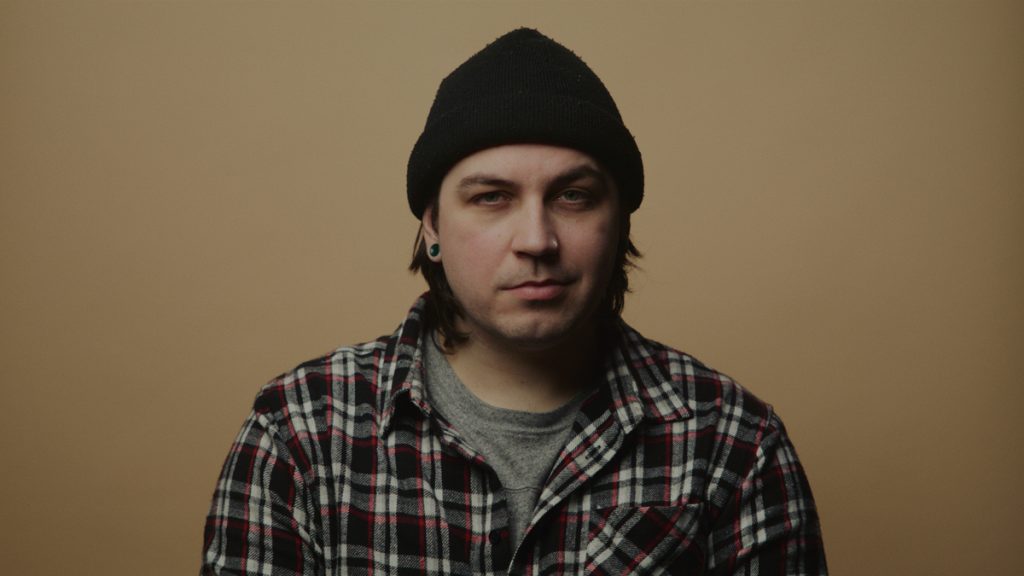
However, softboxes are typically large, even the smaller models, and they can be impractical to set up in tight locations. They also require sturdy stands and sandbags because of the added weight from the attached light modifier.
So, the benefits of softboxes:
- Softening harsh light: softboxes diffuse light from a flash or a continuous light source, creating a soft, even, and flattering illumination ideal for interviews and for creating more natural-looking light.
- Control of light direction: softboxes can be positioned and angled to direct light exactly where it’s needed, allowing for control of the direction of light in a scene.
- Reducing shadows: softboxes reduce shadows, creating an evenly lit subject, which is ideal for product shots where it’s essential to show the product in a clear and even light without distracting shadows.
Let’s see a softbox in action!
Softbox Example
In this example, a young girl is playing an instrument in an apartment, but the harsh LED light is ruining the shot.
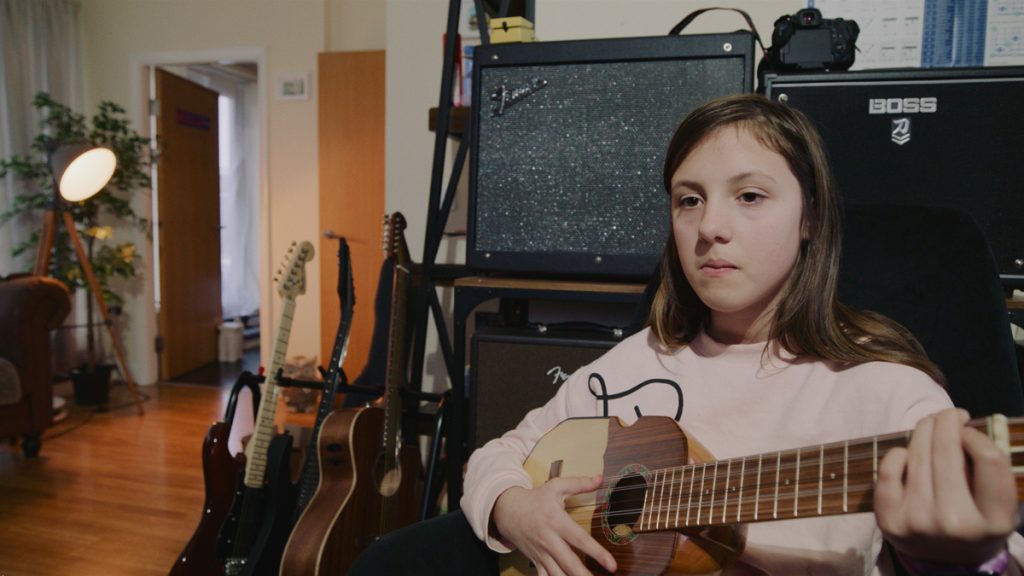
Enter the Aputure lightdome, a 34.8″ softbox that instantly transforms the shot. The shadows are less harsh, there’s less contrast, and the softbox removes the light spill from the background. The difference is night and day!
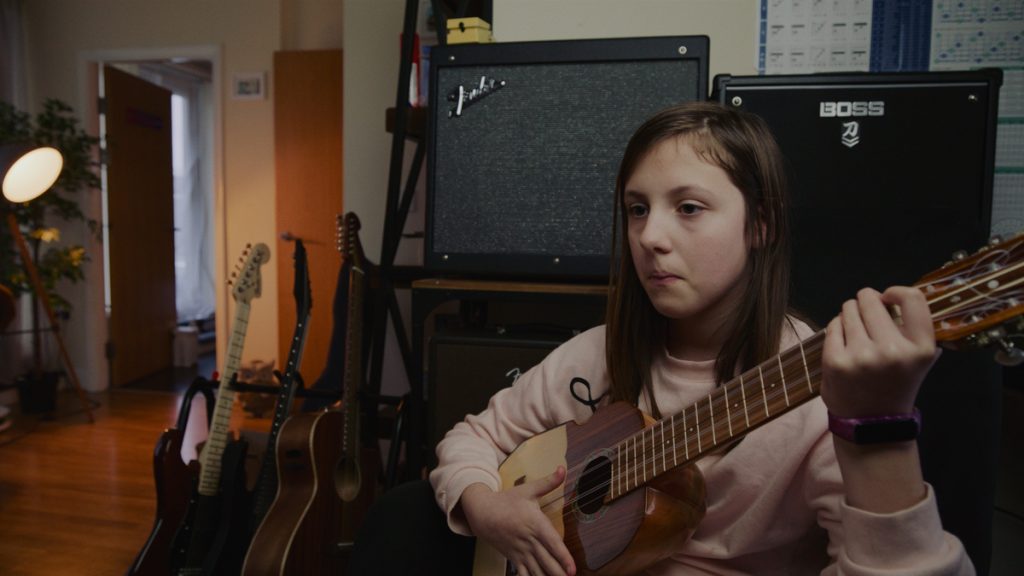
However, keep in mind that while softboxes are great for interviews and creating more natural-looking light, they may not always work in every situation. In this example, I feel as though it’s apparent that a nearby light is illuminating the subject. In a narrative circumstance where the audience needs to believe the light is ambient, a diffusion panel may be a better option.
What Are Diffusion Sheets?
Diffusion panels are sheets of translucent material used to diffuse light. The material used for diffusion panels can be anything from tulle (on a budget) or muslin to unique materials designed for light diffusion. They come in various sizes and materials, from small handheld panels to large, studio-sized panels.
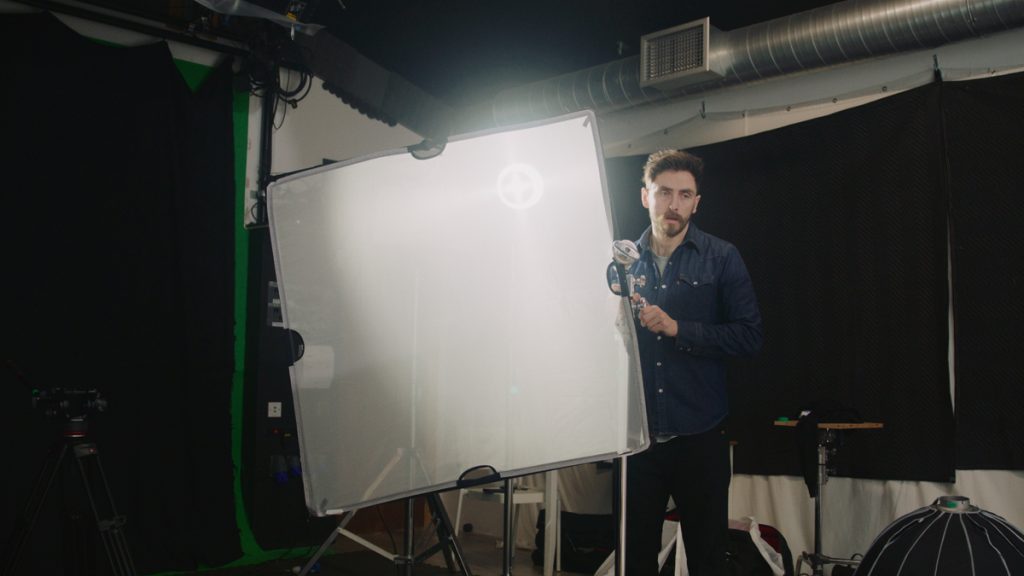
Diffusion panels work by diffusing light, breaking it into smaller, softer light particles. The result is a more natural-looking light that eliminates harsh shadows and makes the subject look more appealing.
So, are they just like a softbox? Unlike a softbox, they are positioned between the light source and the subject to diffuse the light rather than being attached to it. This allows us to make additional changes to the type of diffusion used within the frame, gels on the light, and the distance between the light and the diffusion sheet. Need to create a softer light? Well, move the light closer to the diffusion panel.
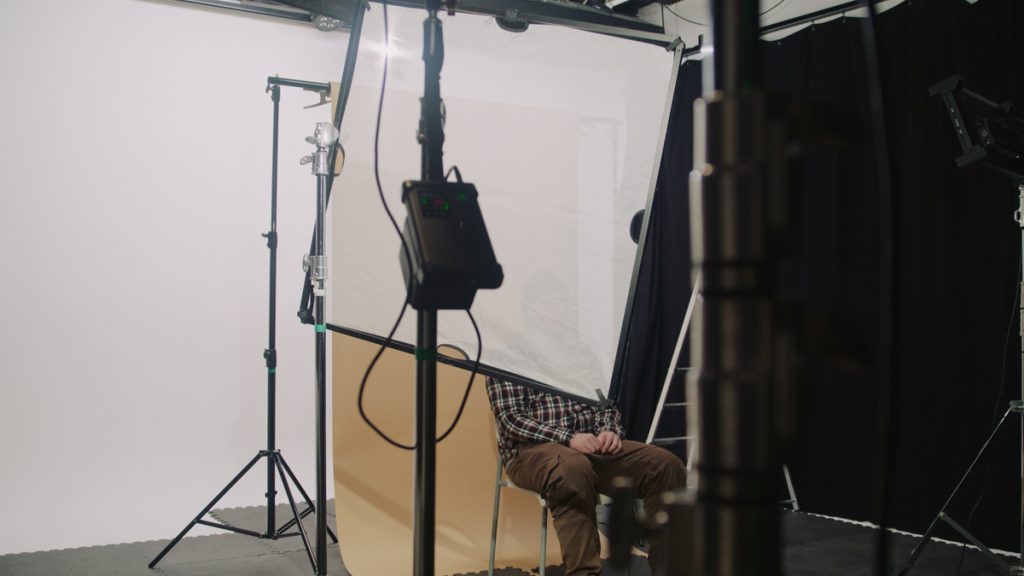
Importantly, however, because the light isn’t bounced between reflective material designed to a specific shape, the light hits the diffusion sheet and scatters in all directions on the other side, as opposed to conforming to the direction of the softbox umbrella. This offers less directional control.
Often overlooked is the dual use of the diffusion panel to soften the sunlight. The softbox only softens one light — the one it’s attached to. The diffusion panel will diffuse whichever light it is positioned in front of.
To summarize the strengths of the diffusion panel:
- Softens and spreads out light, reducing harsh shadows and hot spots
- Creates a more even and natural-looking illumination
- Can be used for outdoor shooting to match the light conditions and reduce contrast
- Increases the size of the light source and reduces shadows from close-up shots
Let’s use the same example shot above and compare the differences using a diffusion panel.
Diffusion Panel Example
Instantly, I would hope that you recognize a discernible difference. Both tools have softened the hard LED light, but they have done so completely differently.
The diffusion panel scatters the directionality of the light, but it does so in a manner where there’s no control of where the light is being softened, so the entire location receives a soft blanket of light.
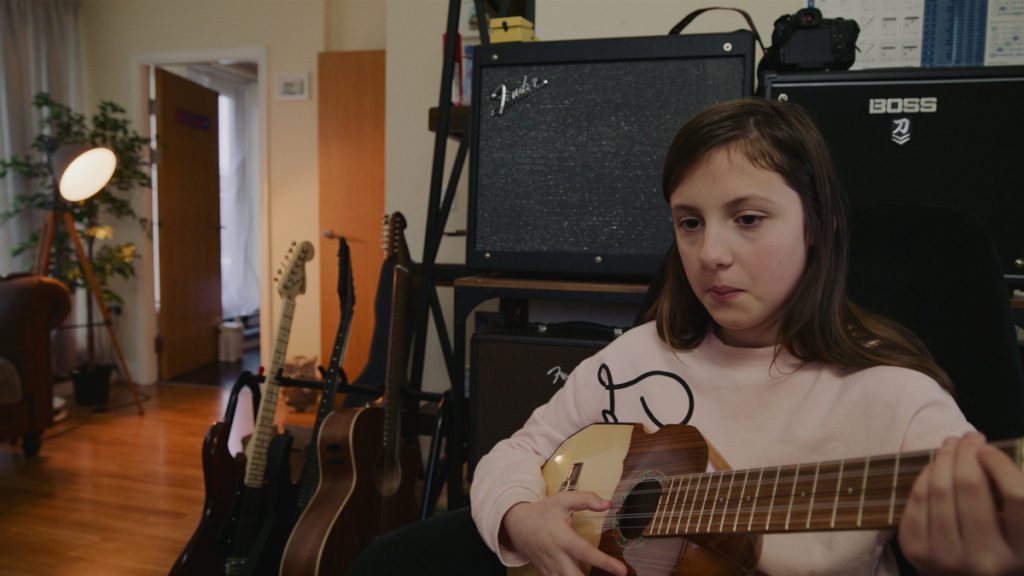
If you notice, with the diffusion panel, even the back walls receive some of the illuminations from the diffusion panel, whereas with the softbox, because the light wraps around the subject, it doesn’t reach.
However, the light from the diffusion panel is certainly more natural-looking. While, yes, there are no shadows on the subject’s face, which may cause her to appear flatter, it also doesn’t look like there’s a light on location, which, in turn, makes the shot appear more organic (you can see why it’s used more in narrative situations).
However, if you didn’t want the light to reach the back wall, you would have to set up a flag to block the light. This would total three C-stands, two lighting modifiers, and one light now on location. We can see why online content creators typically stick to the softbox.
Conclusion
In conclusion, both softboxes and diffusion panels serve the purpose of diffusing light and creating more natural-looking light, but they do so in different ways. Softboxes are more directional, allowing for control of the direction of light, but they can be large and impractical to set up in tight locations.
Diffusion panels, on the other hand, scatter the light in all directions, creating a soft blanket of light but with less control over the direction of light. They allow for quick changes in diffusion strength and aren’t tied to the location of the light.
Ultimately, the choice between the two depends on the lighting needs of the scene and the desired result.
Looking for filmmaking tips and tricks? Check out our YouTube channel for tutorials like this . . .
Looking for more tips and tricks? Check out these articles . . .
